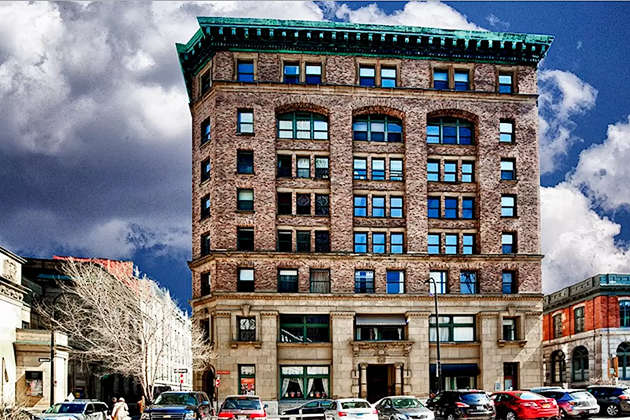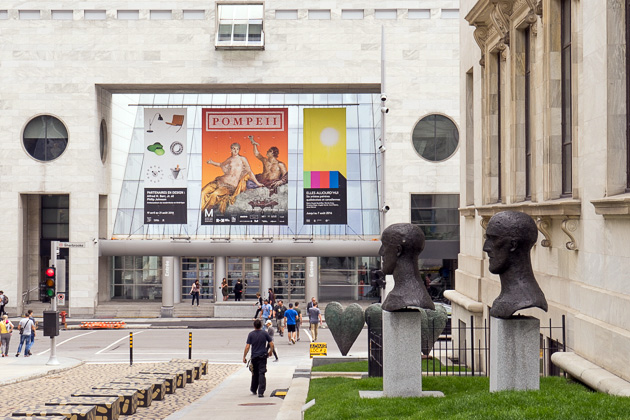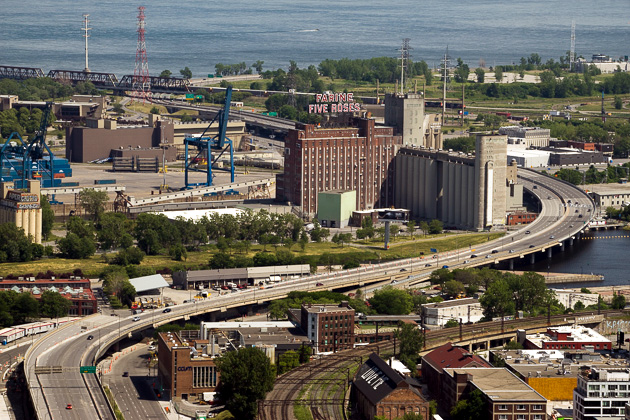A Concise History of Montreal
Five hundred years ago, Western civilization didn’t even know about the existence of Montreal Island. The Renaissance was just winding down in Europe, as the first wooden houses were being erected in a settlement called Ville-Marie. So, in order to evolve into a modern-day metropolis, Montreal has had to cram a lot into its short history. Here’s a brief rundown of the highlights.

2000 BC – The first traces of human activity on the island of Montreal, including stone tools and evidence of campfires, date from about four thousand years ago. Before that, the island had been under the water level of the St. Lawrence River.
1142 – The Iroquois form a powerful confederation. They and the Algonquin are the earliest settlers of Montreal, and each has a different name for it. The Iroquois call it Tiohtià:ke, while in the language of the Algonquin, the island is known as Moniang.
1535 – The Island of Montreal is discovered for France by explorer Jacques Cartier, during his trip down the St. Lawrence River. He reports the presence of a large Iroquois settlement called Hochelaga at the base of Mont Royal.
1642 – The first families arrive from France and establish a settlement called Ville-Marie (it’s uncertain when the name changed to Montreal). Although the Iroquois had abandoned the island by this time, the settlers are under constant attack from the Mohawk, who had been using it for hunting.

1701 – Over 1300 Native Americans representing 40 tribes descend upon Montreal to sign a treaty known as the Great Peace and bring the Fur Wars to a close. The treaty is unique in relations with Native Americans, and most Canadian tribes consider it still active.
1760 – As a result of the Seven Years War, France loses its North American territory. Montreal, along with Quebec, is ceded to the British. The island sees an upswing in immigration from Britain; by 1830, Anglophones outnumber French-speakers in Montreal.
1849 – Tensions between the Crown and the independence movement finally boil over, as an angry band of rioters burns down parliament. Montreal’s short five-year period as the capital of Canada are over, and the government is moved to Ottawa. Alarmed English-speakers begin an exodus, and Montreal again becomes a majority Francophone city.
1920s – Prohibition in the USA turns Montreal into a hot party-town. Nightclubs, casinos, bars, cabaret shows and strip joints gain prominence, as Montreal cuts loose to enjoy the roaring Twenties.
1960s – Liberal leadership of Montreal brings about what has been called the city’s Quiet Revolution, transferring power to the people and secularizing society. The metro is introduced, utilities are nationalized, the welfare system is expanded, and the French-speaking population of the city begins to exert its influence.

1967 – Montreal introduces itself to the world with the wildly successful Expo 67, which is timed to coincide with Canada’s centennial. Just nine years later, Montreal hosts the ’76 Summer Olympics, perhaps best remembered for the perfection of Romanian gymnast Nadia Comăneci.
1970 – The Front de Libération du Québec sparks the October Crisis by assassinating Pierre Laporte, a member of Parliament, and kidnapping James Cross, a British diplomat. Canada sends special forces into Montreal, in its only domestic deployment of troops during peacetime, and order is soon restored.
1995 – Quebec holds a nail-biting referendum on secession, which fails to pass by the slimmest of margins: just 50.58% of the province chooses to stick with Canada. The first referendum, in 1980, had been defeated by a more comfortable margin.
2016 and beyond… In December, Montreal celebrates its 375 birthday. The city has become a recognized leader in the arts, with a summer program full of events, including the world’s biggest jazz and comedy festivals. With its multilingual and cosmopolitan residents leading the way, Montreal seems certain to continue building on its status as one of North America’s most vibrant cities.



